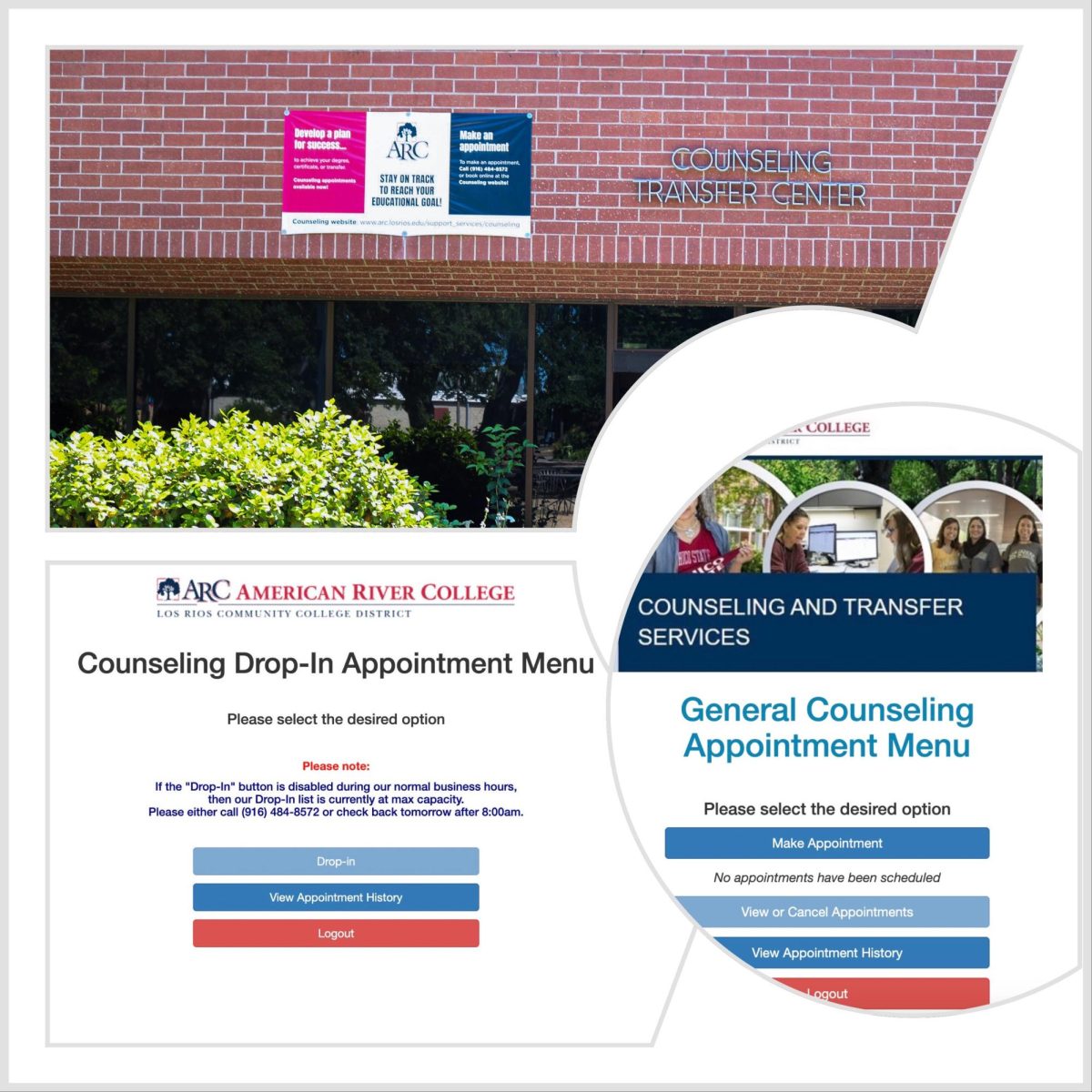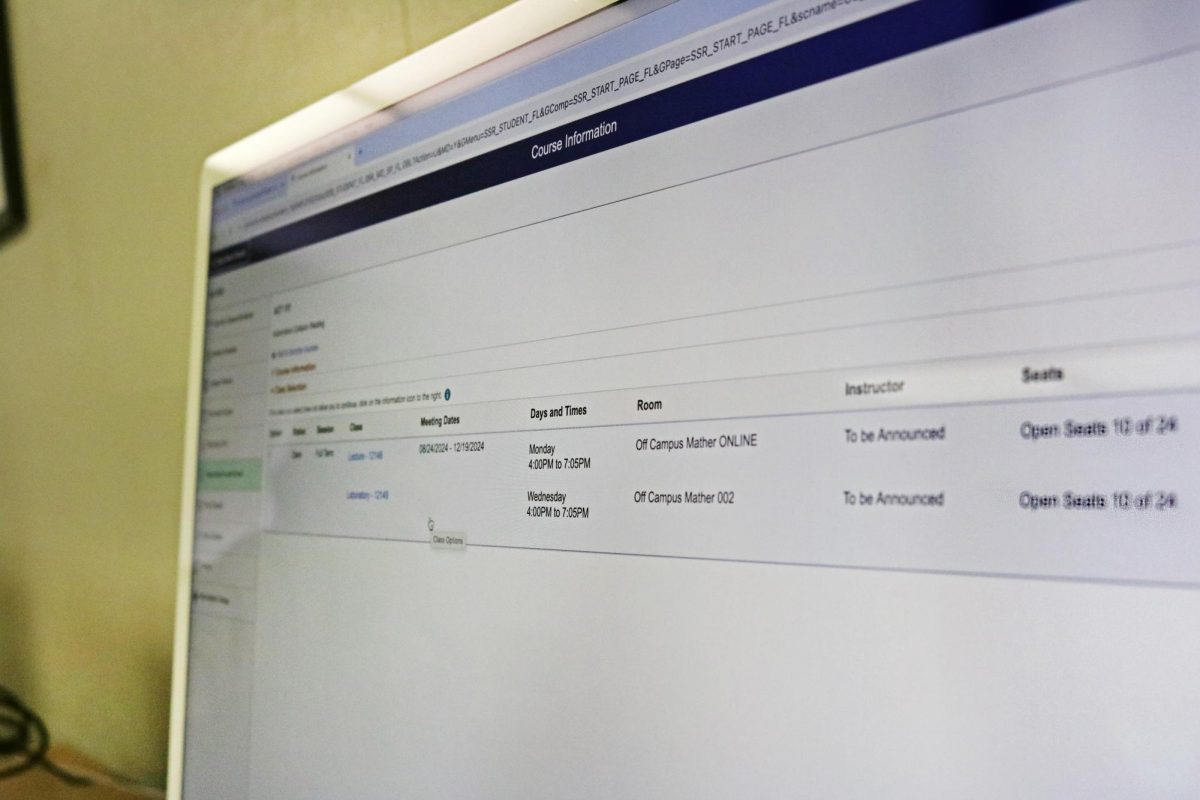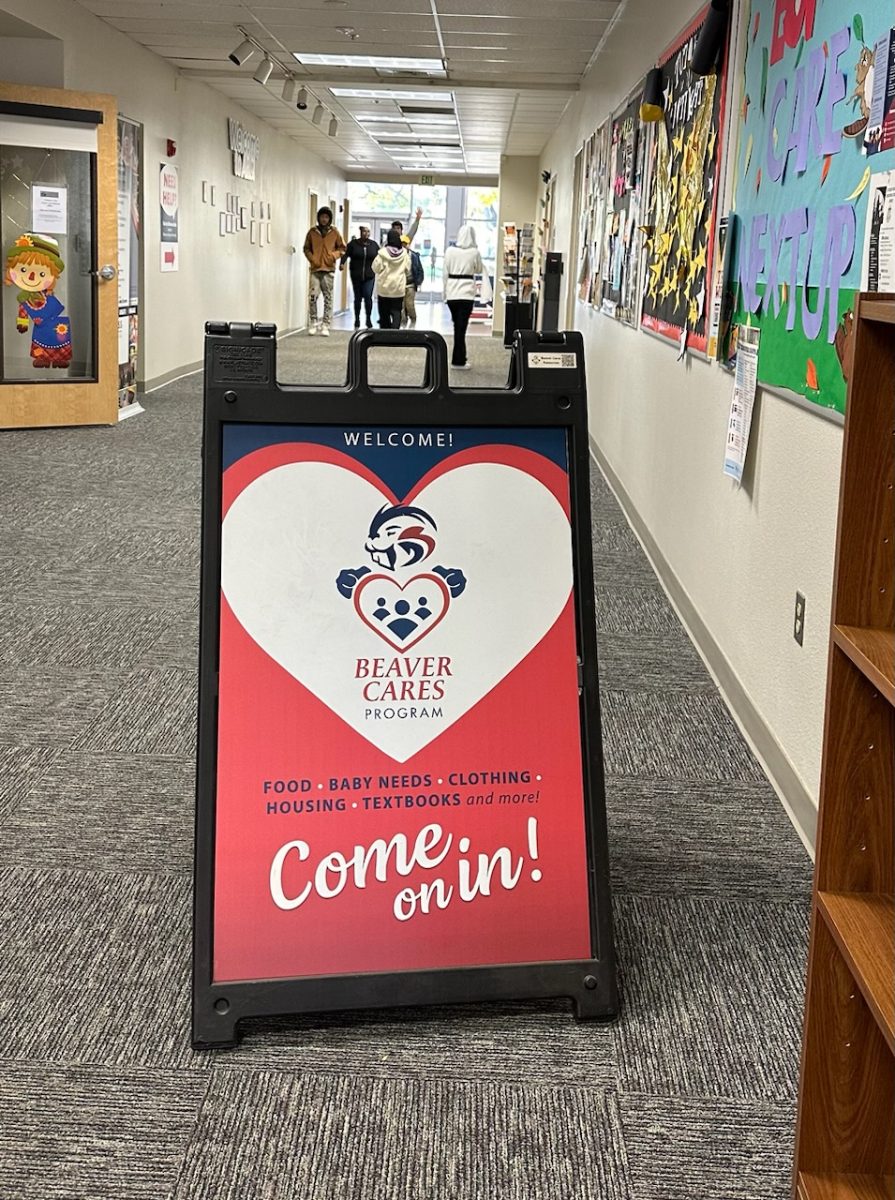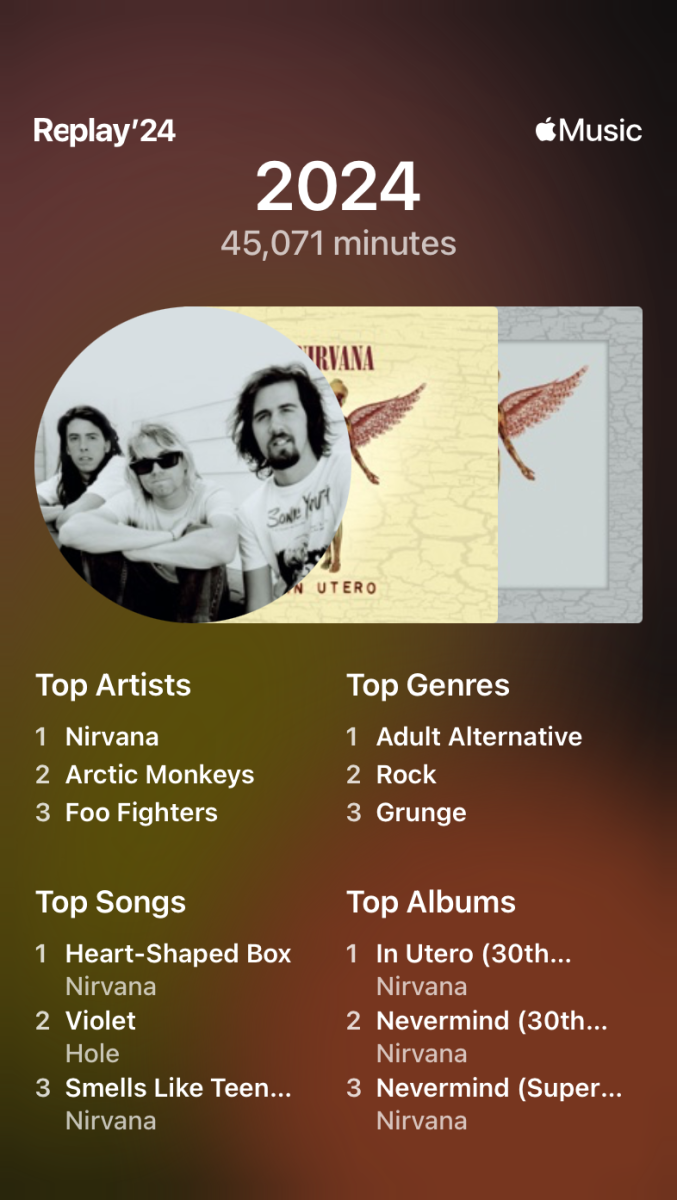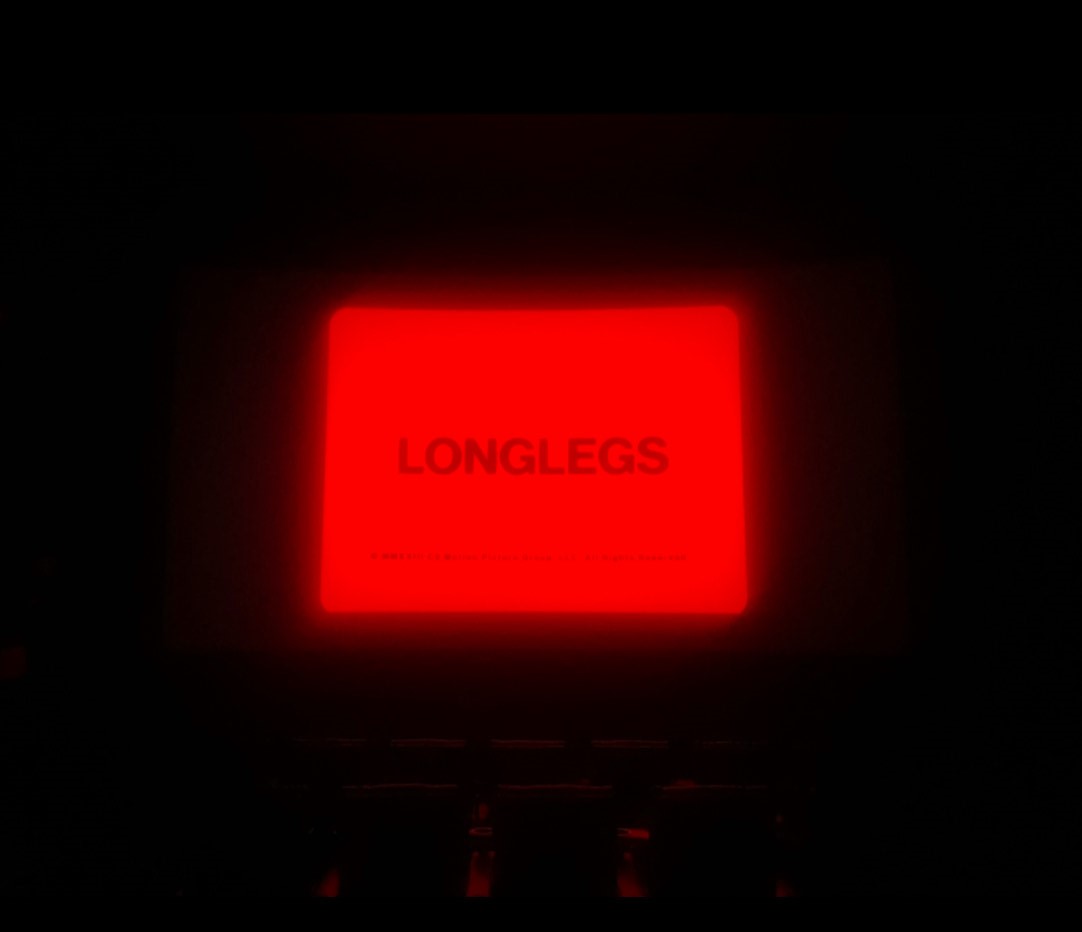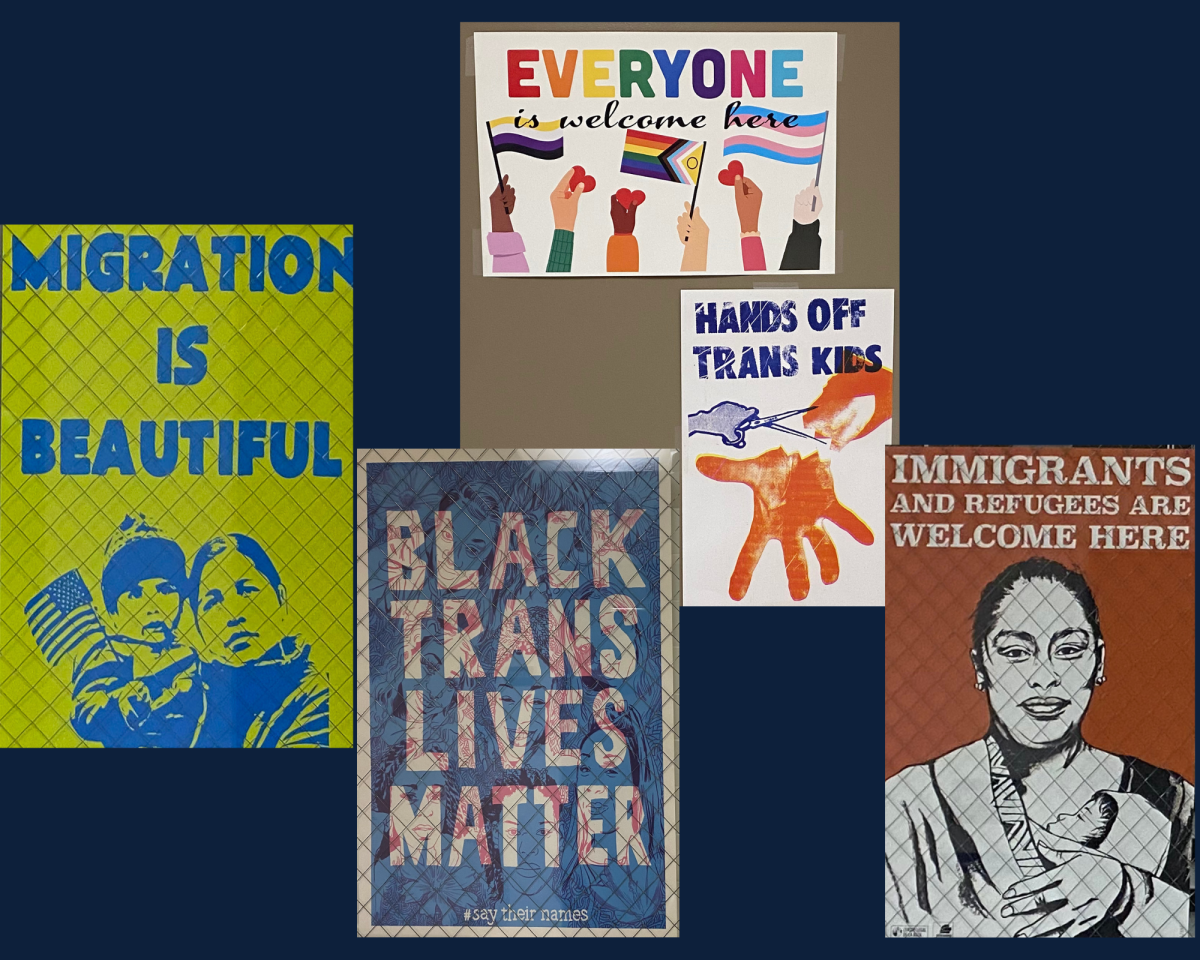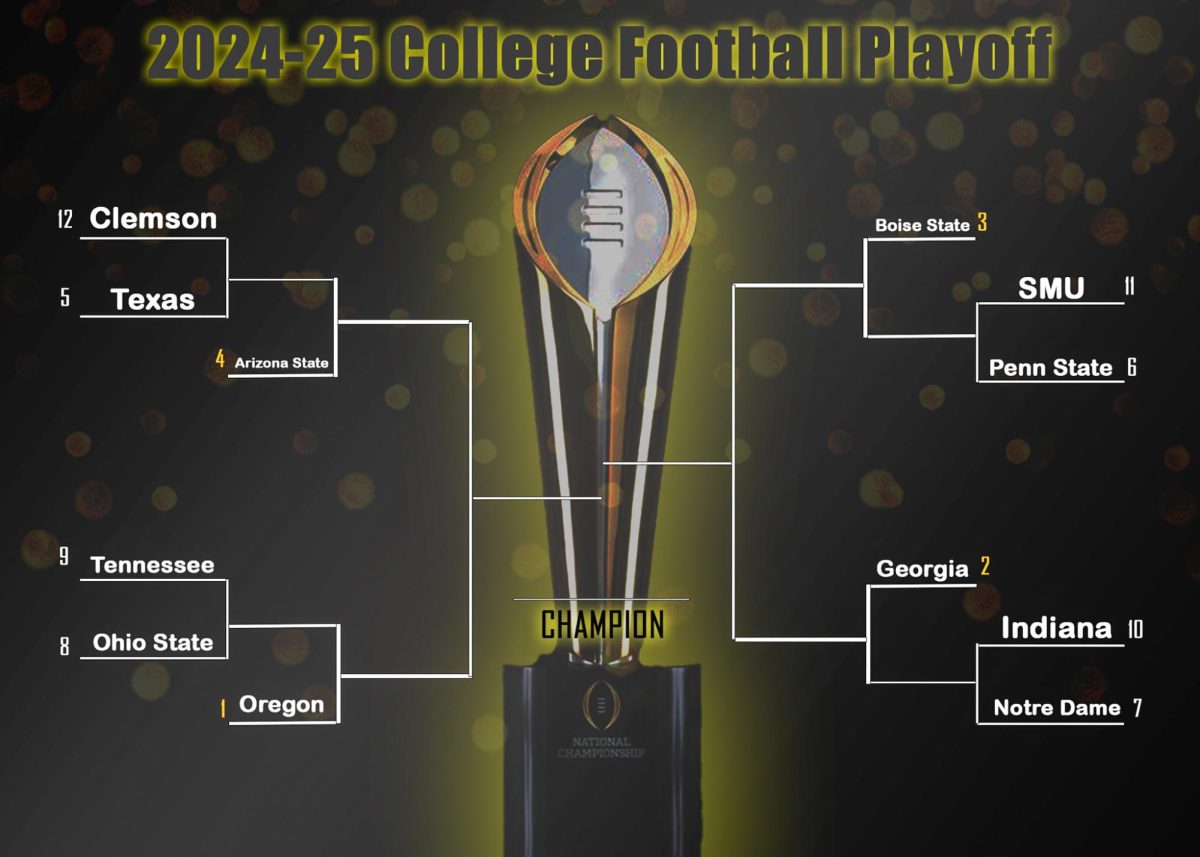April is national Sexual Assault Awareness Month and unfortunately our community has become even more aware of sexual assault with the string of rapes occurring around campus in the past few months.
But these rapes are just a very small number of highly publicized assaults. Rather, we live in a rape culture, where to be sexually victimized is the reality for a large number of women.
Nearly one in five women in the United States has been victim to forcible rape, according to 2010 The National Intimate Partner and Sexual Violence Survey produced by the Division of Violence Prevention of the Centers for Disease Control’s National Center for Injury Prevention and Control.
Additionally, 13 percent of women are victims of sexual coercion, while more than 27 percent of women have experienced unwanted sexual touching.
The statistics regarding sexual or physical assaults vary greatly based on who is doing the reporting and the definition of rape being used. The definition of rape in some studies may include anytime coercion was used through physical or psychological means, or when the victim was incapacitated through drugs or alcohol, or unable to give consent because of incapacitation of mental state or disability.
When those conditions are factored into the numbers, some organizations report that nearly 80 percent of all women have been victim to violence or sexual assault in their lifetimes, with a large number of women also being subject to stalking and similar unwanted sexual attention.
Even a conservative estimate, as provided by the CDC, puts the number of women who have been victim to rape, physical violence and/or stalking by an intimate partner at one in three.
That means that on the American River College campus alone, at least 10,000 women have been or will be assaulted in their lifetimes.
That number is horrifying.
Unfortunately, those numbers are even higher when we consider certain minority and vulnerable population groups.
The CDC also reports that 44 percent of lesbian women and 61 percent of bisexual women will become victims of rape, physical violence and/or stalking by an intimate partner at some point in their lives.
Eighteen percent of women raped are 60 years or older, according a report by the Wisconsin Department of Health Services.
The Journal of Interpersonal Violence reports that more than 80 percent of developmentally disabled women are sexually assaulted, while 40 percent of women with physical disabilities become victims, according to a report in the Archives of Physical Medicine and Rehabilitation.
The New York Times calls sexual violence against women endemic in the United States. It is an unfortunate reality; violence against women in general is indeed a characteristic of the American culture.
It doesn’t have to be a characteristic of the American River College campus.
ARC already does offer a co-ed one unit adapted personal safety course, ADAPT 316, for physically or developmentally disabled students that focuses on avoiding and defending a physical attack.
But that and taekwondo seem to be the only violence-prevention courses available to students.
Across the board school defunding in the mid 2000s and legal restrictions concerning single-sex classes necessitated cutting certain physical education courses, including offerings in self-defense.
“There used to be 100 more classes than what we have now,” said Kat Sullivan-Torrez, kinesiology and athletics professor.
According to athletic coordinator Raye Maero, ARC used to offer gender-specific self defense courses for credit. When it became illegal to hold separate classes, the program integrated to create a co-ed class.
Co-ed classes in which both genders are present are not as effective as single-sex classes.
“If you’re really talking about rape and things like that and trying to get women to defend themselves and people have been raped, it’s better not to have it co-ed,” said Maero. “That was the fight when we had to switch it to co-ed … women that had problems and had been raped had a hard time being in a class with men, where they’re really learning to defend themselves.”
Eventually the instructor for that course retired and was never replaced.
“But that doesn’t mean the district thinks it’s not important,” said Maero. Last month the Los Rios District paid for the Rape Aggression Defense workshop training for many faculty and other employees, including the Los Rios chief of police and other district police officers, counselors and instructors. That workshop, which was available to students and community members, took place April 5 and 6.
“The district is very aware that it really is an important thing,” she said, “so right now we are offering workshops.”
So far the R.A.D. workshops are for women only, and there is talk of a “mother/daughter” workshop.
But we cannot forget about the men on campus.
More than one in four men are raped, sexually coerced and/or stalked by an intimate partner, and nearly 40 percent of victims of severe physical violence are men.
Although we can respect the need for a safe space for women, we need to be creating and promoting courses and workshops that foster a culture of safety and freedom from violence for all students, regardless of gender or ability.
According to Maero, there is a R.A.D. course for men, but no one has been trained for it yet.
In the meantime, as students, we can support other students. It may be as simple as offering to walk with a buddy to the parking lot after an evening class or to run with a friend on the trail behind campus.
We can simply choose not to tolerate sexual harassment on campus. We can step in. We can protect each other. We can not only watch, but we can act.
Students and groups can still ask for safety awareness demonstrations by contacting the LRPD.
“I totally believe in it,” said Maero, in reference to the R.A.D. courses. “I totally think that the college campus is the place for it.”
http://www.cdc.gov/violenceprevention/pdf/nisvs_executive_summary-a.pdf
http://www.uwosh.edu/ccdet/caregiver/Documents/Pinkston/Handouts/pamelastatcssex.pdf
http://www.cdc.gov/violenceprevention/pdf/cdc_nisvs_victimization_final-a.pdf
http://nsvrc.org/sites/default/files/saam_2014_social-medial-toolkit.pdf




